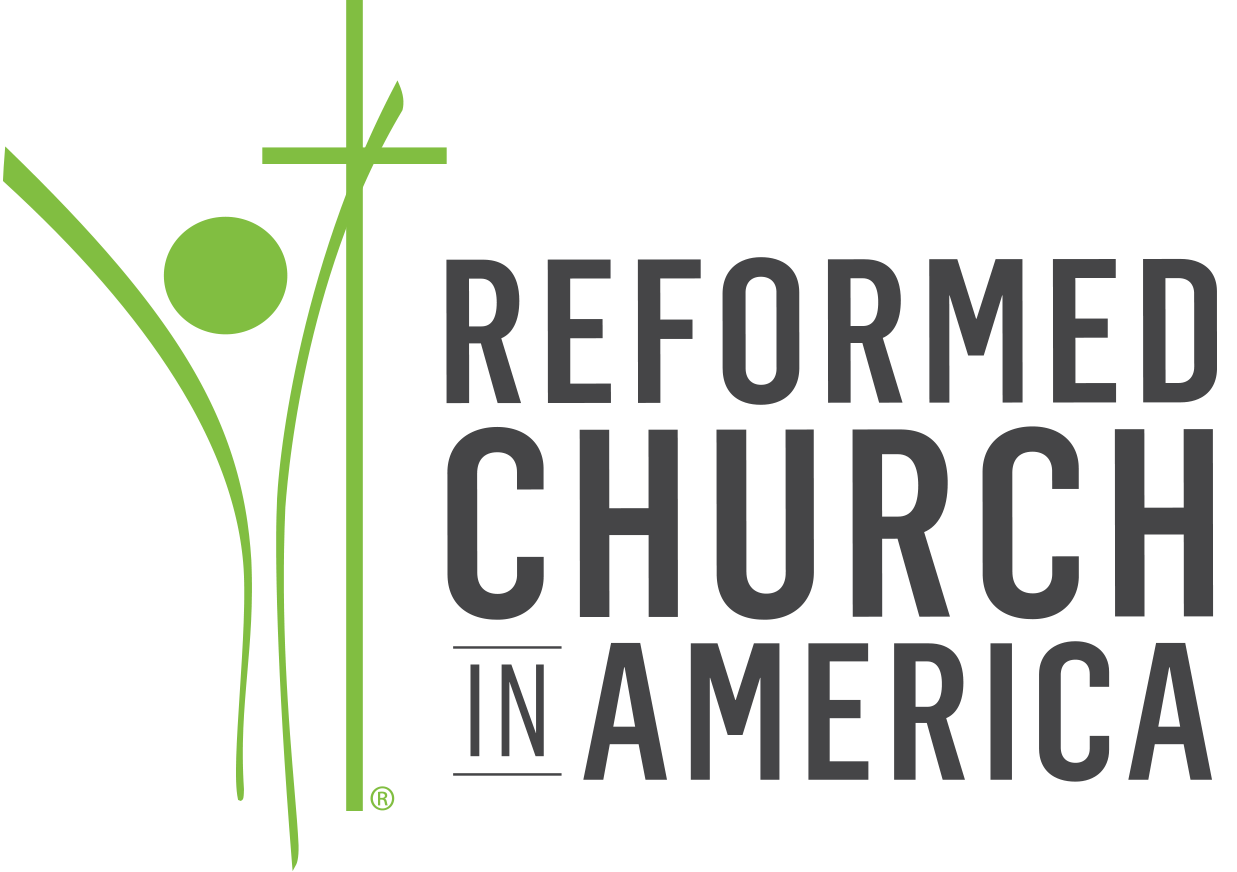“I need to do that thing that rich people do where they turn money into more money. Can you teach me how to do that?” –Liz Lemon, 30 Rock
 Imagine this scenario. You’re in your 20s, and you and your colleague of the same age decide to commit together to saving more for retirement. You each agree that you’ll put $200 a month into savings, and you’ll choose the exact same funds to invest in so that your money grows at the same rate.
Imagine this scenario. You’re in your 20s, and you and your colleague of the same age decide to commit together to saving more for retirement. You each agree that you’ll put $200 a month into savings, and you’ll choose the exact same funds to invest in so that your money grows at the same rate.
You each retire at age 67 and begin to enjoy spending that extra income in retirement that came from a good decision many years ago. But as you age together and compare the taxes you’ve paid on those savings, you come to a surprising realization: one of you has paid more taxes than the other.
With so many factors being identical, there was one significant difference in the investment vehicle each of you chose. One of you invested by making Roth contributions, while the other chose to invest in the RCA 403(b) account using pre-tax employee contributions. Put simply, the type of investment vehicle you choose makes a difference.
This article is not intended to advise you on which option you should choose! As you’ll learn, the right choice varies depending on your circumstances. I hope to let you know a little more about each option so that you can figure out what makes sense for you.
Congratulations, you’ve decided to start saving money. Where should it go?
You’ve decided to be intentional about saving more money for retirement. This is a big deal, and no matter what you decide to do, you are making a choice that will almost certainly have a positive impact on you. Good work!
The options before you are vast. They include, but are not limited to:
- Your bank savings account
- A money market savings account with a small interest rate of growth
- A Certificate of Deposit (CD) account
- 529 College Savings Account
- Roth contributions
- Roth IRA
- Traditional IRA
- 403(b) account
- Your mattress
Any of these savings vehicles might be the right choice for you (although I’ve never encouraged anyone to stuff cash in their mattress), but this article geared toward younger investors will focus on two options: Roth contributions (or a Roth IRA) and the RCA 403(b) Retirement Program.
Common Question: What is a Roth, and which should I do?
For RCA ministers, an easy way to save is to defer part of your paycheck into savings through Fidelity’s online portal called NetBenefits.
When electing what kind of contribution to make, there is an option to contribute pre-tax 403(b) dollars or to make Roth contributions. Many have asked us what Roth contributions are, so let’s get into it.
Roth Contributions
To oversimplify it, you pay taxes up front when making Roth contributions.
The money you contribute shows up as part of your income on your taxes, so all of the dollars you contribute have been taxed. The great news is that you won’t pay more taxes on those dollars, nor will you pay tax on the investment earnings they accrue.
Here’s a simple example: A 25-year-old earns $6,200. She pays $1,200 of that in taxes, and she puts the remaining $5,000 into a Roth retirement account. She earns an average of 8 percent on her investment annually and retires at age 67. She now has $126,700 from that investment.
When she begins to take withdrawals from this account, she will not be required to pay any more taxes because she paid the $1,200 in taxes up front.
Additionally, because she has paid taxes, there are no required minimum distributions, so she can leave that money invested as long she wants without having to withdraw some of it.
Craig Foor, a financial planner from Everence Financial, expounds on the benefits of Roth contributions, while highlighting one important exception:
Generally speaking, we really like the Roth option for a lot of retirement savers. The other option, a pre-tax contribution into an employer retirement account or Traditional IRA, doesn’t always have the best benefit for the majority of people due to where their tax bracket may end up. The Roth currently offers tax-free growth and tax-free distributions and also provides a ton of flexibility in retirement income planning.
Where the Roth doesn’t always make sense is with pastors contributing to a church plan, such as the RCA 403(b). Clergy contributing to this plan have the ability to access one of the few “double tax benefits” in the IRS code. When contributing to this plan you receive the deduction from income as it is a pre-tax contribution AND when you take distributions from the 403(b) in retirement these can be used as housing allowance for the pastor.
RCA 403(b) and the Housing Allowance in Retirement
Unlike Roth contributions, when you save by contributing pre-tax dollars in your RCA 403(b) account, you don’t pay federal or state taxes until you withdraw the funds.
Using the same example from above: A 25-year-old earns $6,200. She pays $475 in taxes (Social Security and Medicare) and invests the remaining $5,725 in pre-tax 403(b) contributions. She earns an average of 8 percent on her investment annually, and retires at age 67. She now has $145,000 from that investment.
The primary difference between this scenario and the Roth scenario is that all of her withdrawals from the $145,000 balance will be considered taxable income. As she withdraws money from this account, she will be taxed on both the original contributions and the interest she has accrued, at her current tax rate. Additionally, she will be required to begin taking distributions at age 73.
This is where the clergy housing allowance plays a significant role. Even our most financially savvy ministers are often surprised when they learn that they may claim a housing allowance in retirement.
In this case, even though the distributions are taxable, this investor who happens to be an RCA ordained minister may claim up to 100 percent of the distributions as tax-exempt housing allowance, based on her actual expenses and IRS guidelines.
The point is that RCA ministers might be able to legally avoid paying some taxes on their retirement savings, thereby maximizing their income in retirement.
The Bottom Line
Roth savings vehicles are phenomenal savings tools for most young investors, but for clergy, a 403(b) might be a more beneficial savings account.
The best choice isn’t necessarily clear cut, though, even if you’re a pastor. Craig Foor notes:
There are a few potential downsides to [403b contributions]. First, our experience is that the pastors in the RCA generally do a very good job of saving in these 403(b)’s and in some cases have very large account balances at retirement. This is a great problem to have; however, it does get a little difficult to find the actual housing expenses to justify using all of the distribution as housing allowance. Also, if the pastor were to pass away, the ability to use these distributions as housing goes away for the beneficiary.
This is why planning is so critical, so that the planner can look into the current financial picture as well as into future retirement scenarios to consider what all the potential outcomes could look like. It may be that the pastor should make all contributions for retirement into the 403(b) or a little bit of both.
Knowing how each savings account works will help you to make good decisions, whether you’re a DIY (do-it-yourself) person or whether you want to have an intelligent conversation with a financial advisor. Knowing the pieces of the puzzle will help you make the best decision based on your unique circumstances.
